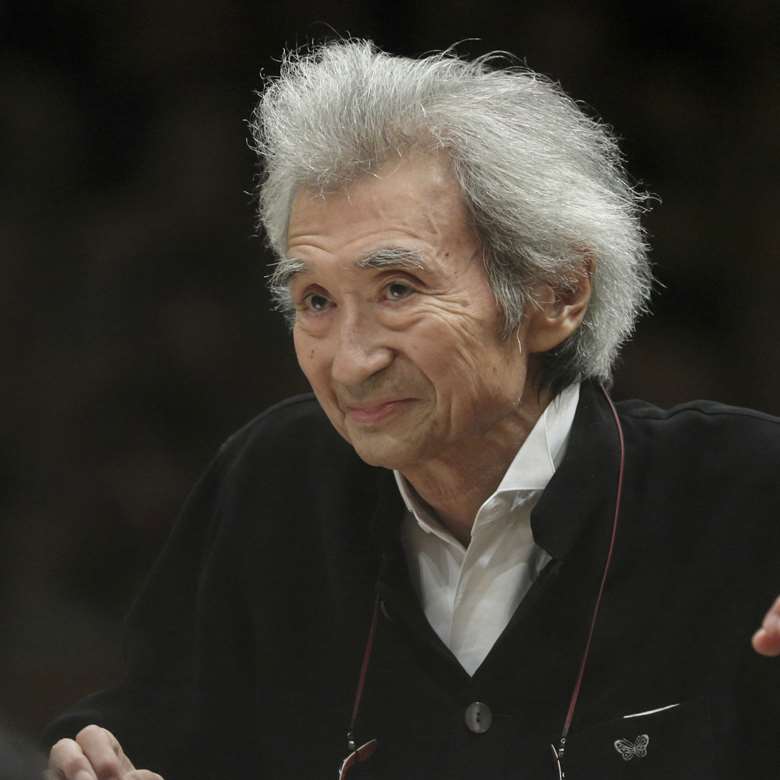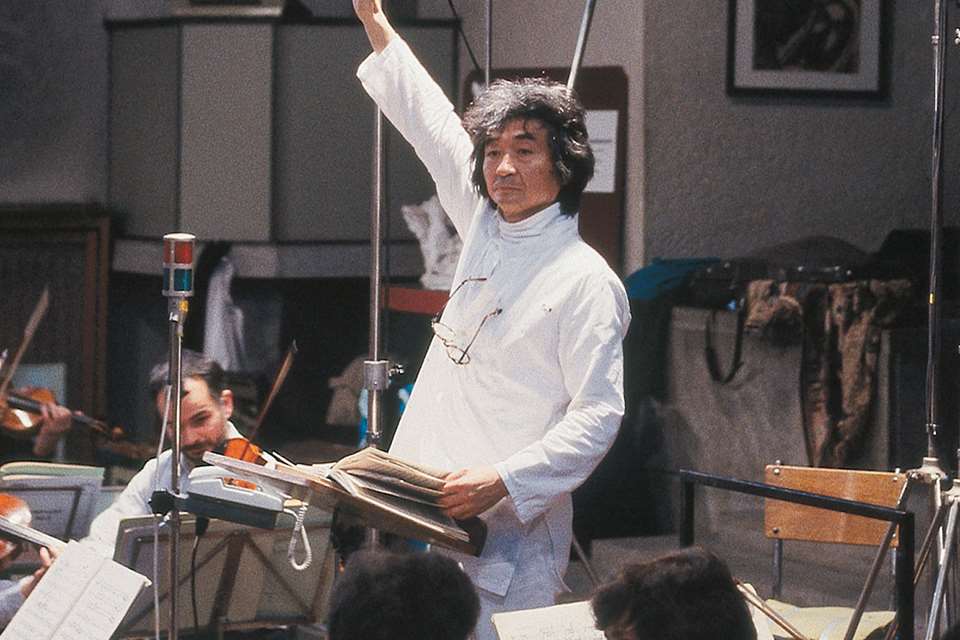Review: Seiji Ozawa’s complete recordings for DG
Andrew Farach-Colton
Friday, February 9, 2024
Andrew Farach-Colton seeks out the gems in a collection of a huge legacy from Seiji Ozawa

Register now to continue reading
Thanks for exploring the Gramophone website. Sign up for a free account today to enjoy the following benefits:
- Free access to 3 subscriber-only articles per month
- Unlimited access to our news, podcasts and awards pages
- Free weekly email newsletter









